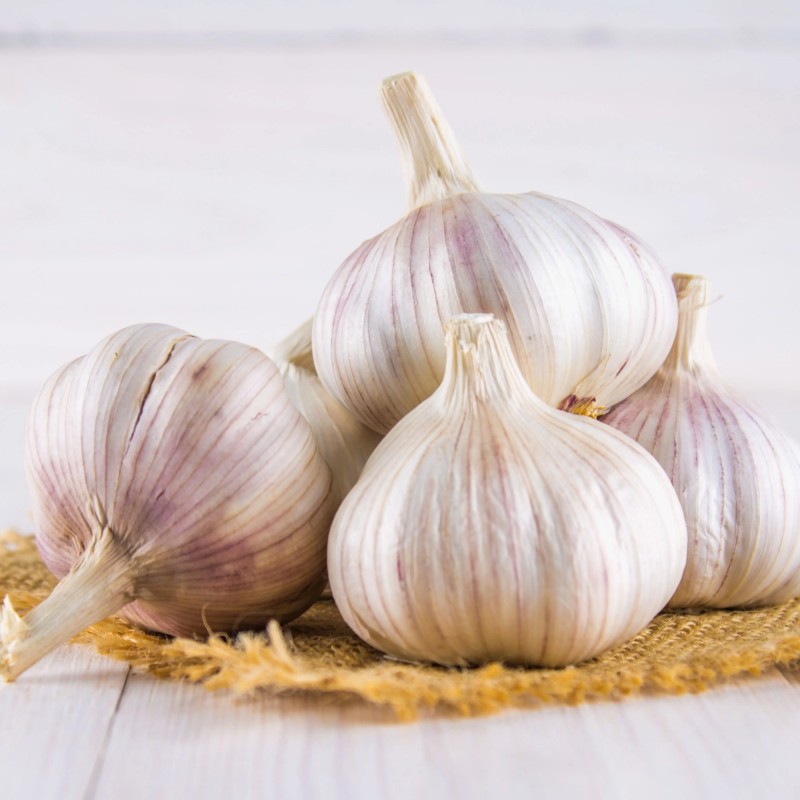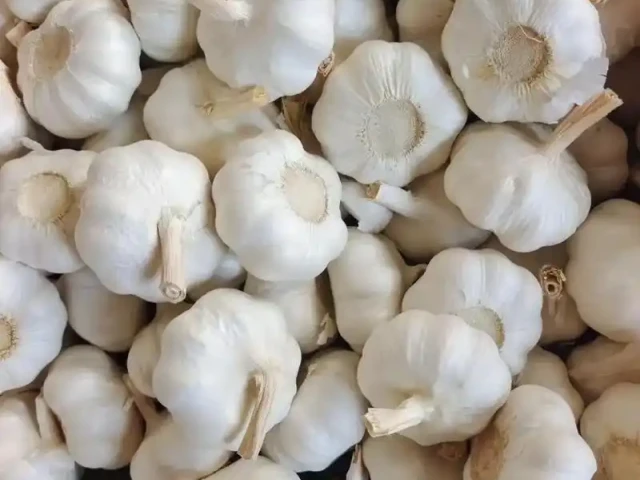Top Garlic Suppliers by Country
- China
- Global Export Share: ~75–80%
- Volume: Over 1.5 million metric tons annually.
- Key Regions: Shandong Province (Jinxiang, known as the “Garlic Capital”).
- Markets: U.S., EU, Brazil, Southeast Asia, Africa.
- Strengths: Massive scale, low cost, government-backed infrastructure.
- Controversies: Occasional concerns over chemical treatments (bleaching, pesticides) and anti-dumping tariffs in some countries.
- Spain
- Global Export Share: ~7–10%
- Volume: ~200,000–250,000 metric tons.
- Key Regions: Castile-La Mancha (Las Pedroñeras is famous for high-quality garlic).
- Markets: EU, U.S., Latin America.
- Strengths: Premium fresh garlic, strong EU branding, organic options.
- Argentina
- Global Export Share: ~4–6%
- Volume: ~100,000–150,000 metric tons.
- Key Role: Supplies during the Northern Hemisphere’s off-season (April–September).
- Markets: Brazil, U.S., EU.
- Strengths: Counter-seasonal harvest, purple garlic varieties.
- Netherlands
- Global Export Share: ~3–5%
- Role: Re-exports Chinese and Spanish garlic via Rotterdam port.
- Markets: EU, Africa.
- Strengths: Logistics hub for European distribution.
- India
- Global Export Share: ~2–3%
- Volume: Growing rapidly, ~50,000–80,000 metric tons.
- Key Regions: Gujarat, Madhya Pradesh.
- Markets: Middle East, Southeast Asia, Sri Lanka.
- Strengths: Competitive pricing, proximity to Asian markets.
- Egypt
- Global Export Share: ~2%
- Volume: Increasing exports to Europe.
- Markets: EU (especially Italy, Spain), Gulf states.
- Strengths: Low-cost production, geographic access to Europe.
- Mexico
- Global Export Share: ~1–2%
- Markets: U.S., Japan.
- Strengths: Proximity to U.S. market, organic farming growth.
- United States (Domestic Focus)
- Role: Major producer (California’s Gilroy region) but exports limited (~1%).
- Markets: Canada, Japan.
- Strengths: High-quality, organic, and specialty garlic (e.g., black garlic).
Emerging Suppliers
- Vietnam: Expanding exports to ASEAN countries.
- Turkey: Supplies fresh garlic to the Middle East and EU.
- Peru: Growing organic garlic production for niche markets.
Key Considerations When Choosing a Supplier
- Quality vs. Cost: Spanish/U.S. garlic is often premium; Chinese garlic is budget-friendly.
- Seasonality: Argentina and Egypt fill gaps in Northern Hemisphere off-seasons.
- Certifications: Look for organic, GlobalG.A.P., or Fair Trade labels for safety/ethics.
- Trade Issues: Check for anti-dumping tariffs (e.g., Chinese garlic faces duties in the U.S. and Brazil).
Takeaway
China dominates global garlic supply, but regional players like Spain, Argentina, and Egypt cater to specific markets and seasons. For premium quality or ethical sourcing, consider Spanish, U.S., or certified organic options. Always verify origin and certifications on labels!




